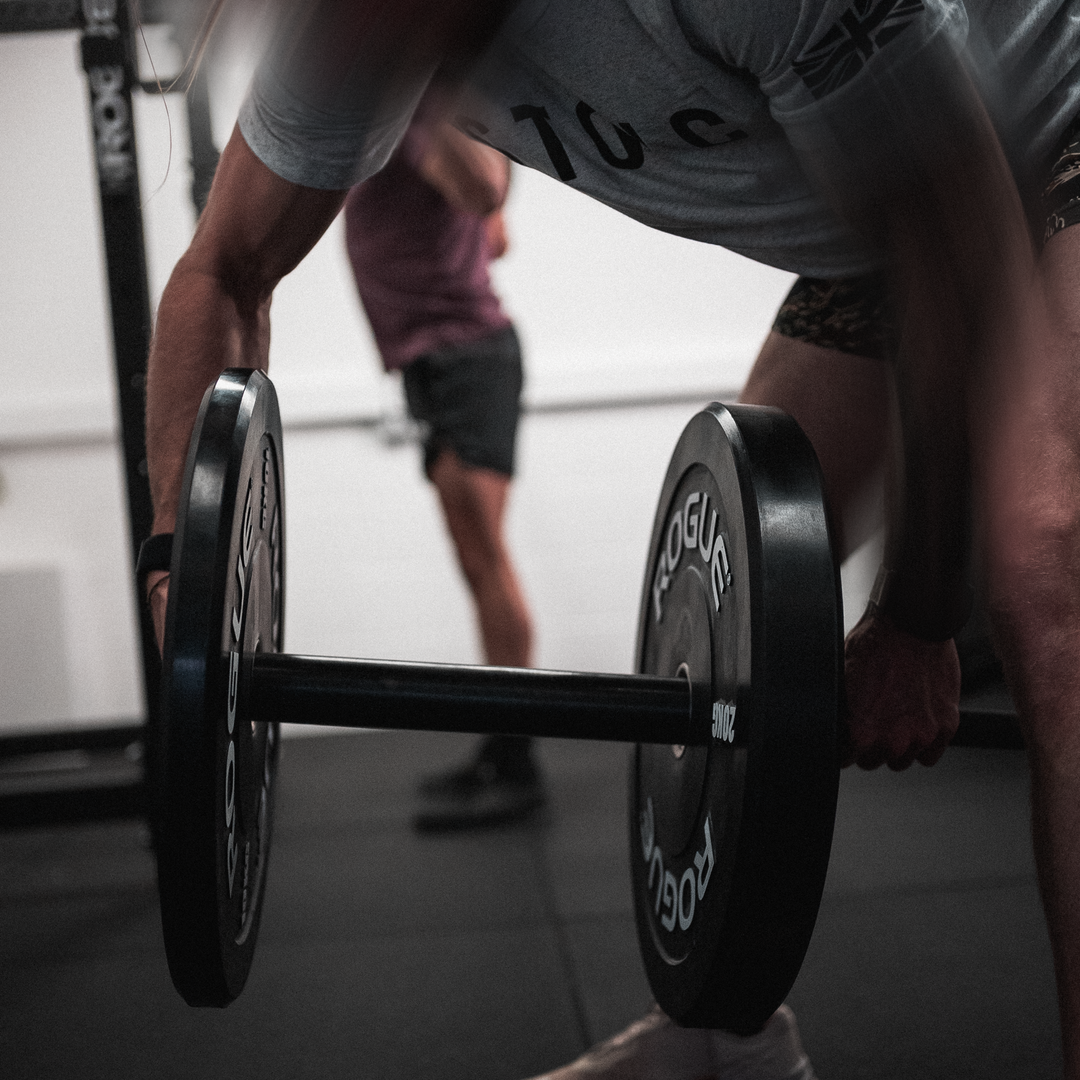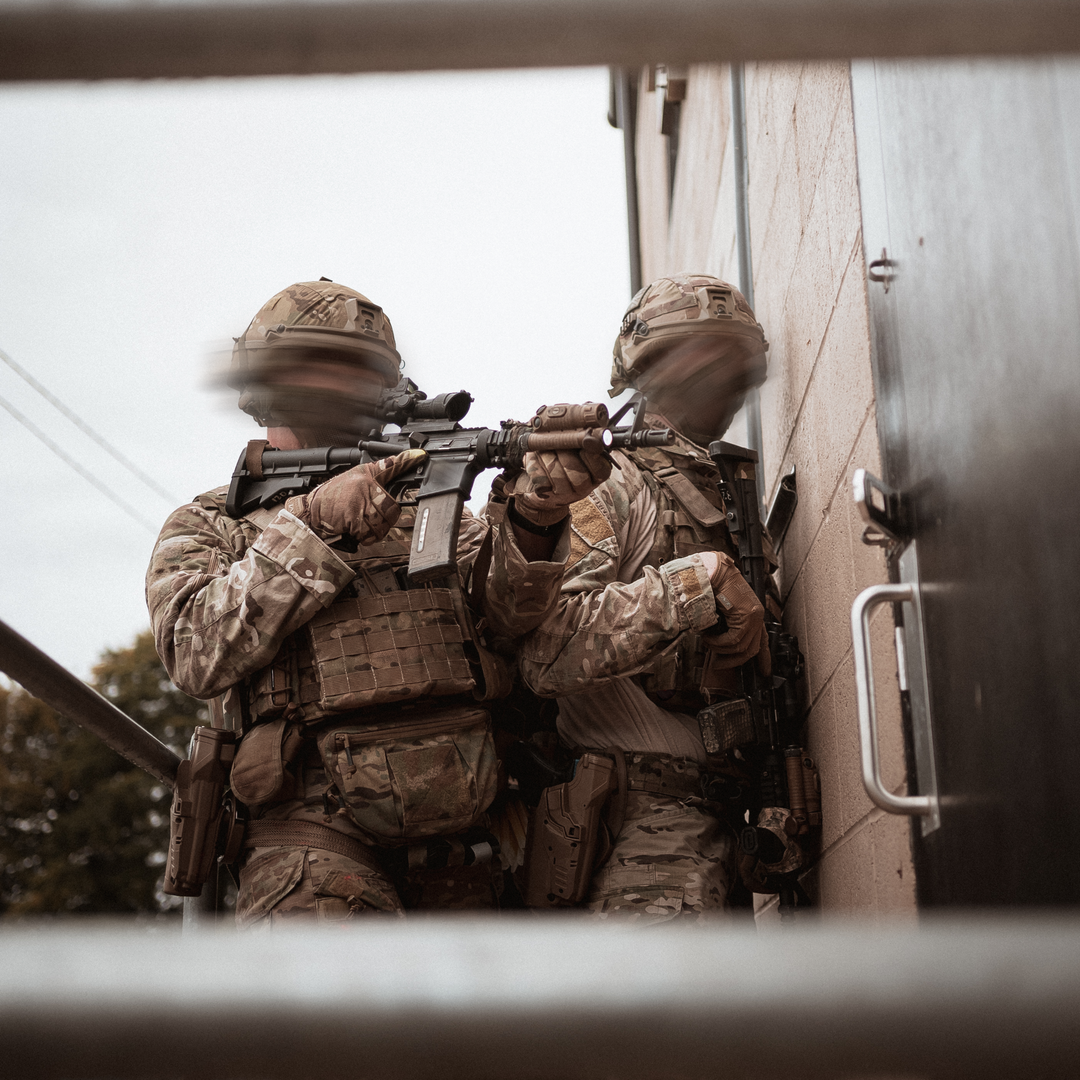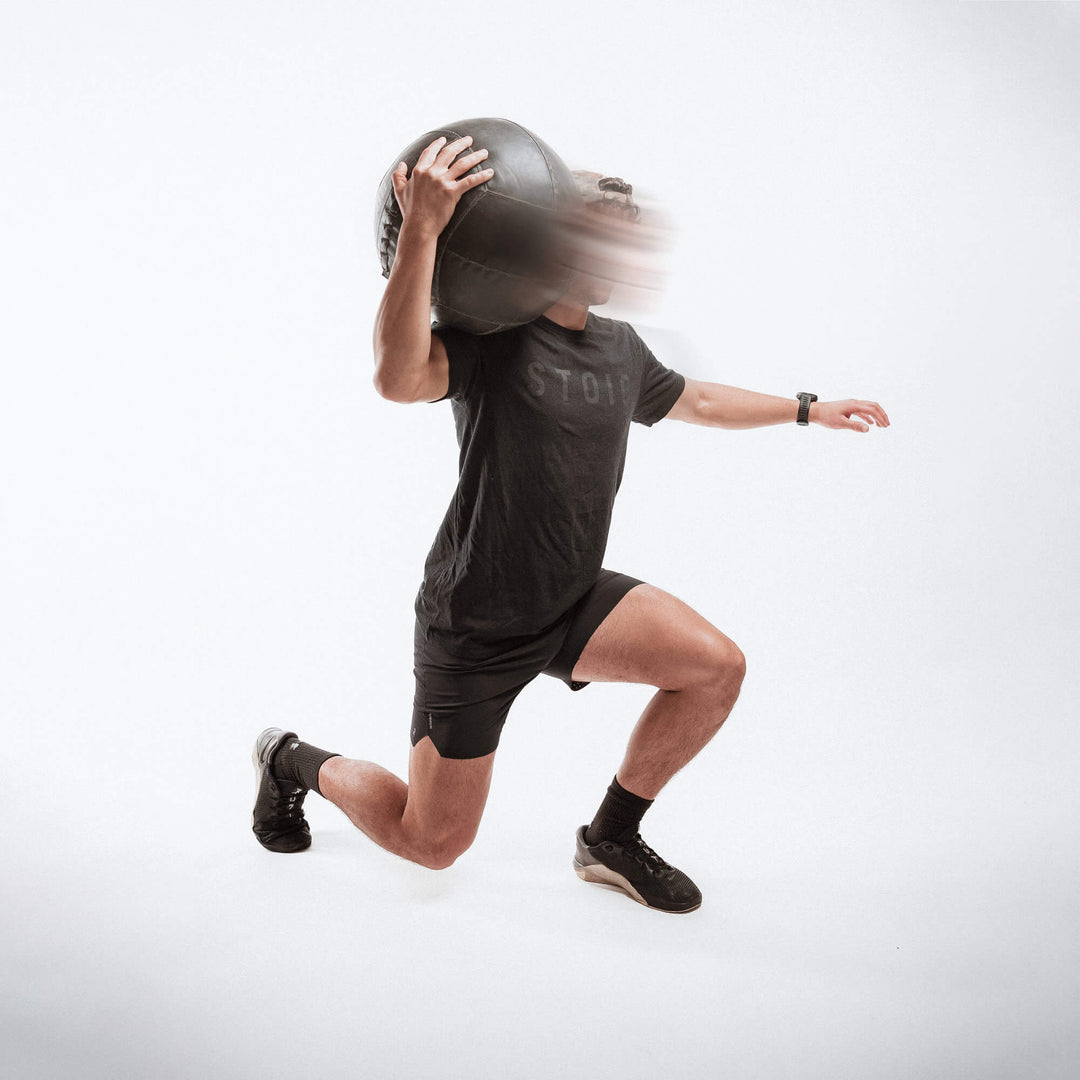UNDERSTANDING MUSCLE SORENESS (DOMS) AND WHY SHOULD YOU CARE ABOUT IT

Introduction
Delayed Onset Muscle Soreness, commonly abbreviated as DOMS, is a sensation that will be encountered by virtually everyone who engages in any physical exercise, whether they are high-level athletes, everyday gym-goers, pick-up game weekend warriors or military personnel.
The experience of muscle soreness, stiffness, and discomfort that typically occurs 24 to 72 hours after unfamiliar or intense physical exertion is more than just an inconvenient side effect of training.
Understanding its causes, implications, and management techniques is important for maximising the efficacy of your training cycle.
What are DOMS?
Contrary to previous beliefs, DOMS isn’t caused by the build-up of lactic acid in muscles. The ‘current’ prevailing scientific explanation attributes DOMS primarily to microscopic muscle fibre damage and the ensuing inflammatory responses.
When a muscle is exposed to strenuous or unfamiliar activity, especially exercises involving eccentric contraction (where the muscle lengthens under load), small-scale injuries occur at the cellular level. This triggers a sequence of biological responses, including the influx of inflammatory cells, that result in the classic symptoms of DOMS.
In simple terms, the theory is that lifting weights causes exercise-induced muscle damage (EIMD), and your body adapts to this muscle damage by growing bigger and stronger.
However, DOMS may also follow any activity a person is unaccustomed to. Moving house, carrying heavy boxes and moving furniture up and down stairs could cause DOMS in the legs, arms or back. Home decorating could cause DOMS in the arms, neck, and shoulders. It’s all down to volume, intensity, load, genetics and seemingly movement novelty.
Do different types of exercise cause more DOMS?
Understanding the types of exercises that lead to varying degrees of DOMS is critical for developing effective training protocols. This knowledge and understanding help inform our training cycles to allow for recovery and adaptation throughout the training cycle without causing so much muscle soreness that it impacts your performance in the next sessions.
How different kinds of exercises relate to the severity of DOMS.| Type of Exercise | Potential Severity of DOMS | Examples in Military Contexts |
| Isometric | Low | Holding a plank or other stress positions |
| Concentric | Moderate | Pull-ups, lifting equipment |
| Eccentric | High | Running down hills, lowering weights |
| Plyometric | High | Bounding, sprinting, obstacle courses |
| HIIT | Moderate to High | Sprint drills, combat simulations |
For military personnel, it’s particularly important to take note of the role eccentric and plyometric movements play in increasing DOMS. Running downhills with extra load or rapid descents during parachuting or fast roping, for instance, can cause significant DOMS if adequate training, preparation and recovery measures aren’t in place.
The Importance of DOMS Management for Consistent Training
“So should I be trying to avoid getting DOMS at all in my training?”
No not at all, DOMS are just a regular after-effect from doing something that is currently outside of your comfort zone. But how we improve our performance and increase our strength and conditioning is by training outside of that comfort zone.
You can’t avoid being sore, so ideally where you want to be aiming for is the ‘Goldilocks’ zone – not too little, but not too much. But considering that a high proportion of people experiencing elevated muscle soreness may skip workouts to avoid further discomfort, it’s worth erring on the side of not overdoing it.
“The amount of DOMS is not necessarily an indication of a good workout, and it can be counterproductive to your subsequent training sessions.“
DOMS is not generally considered a reliable indicator of the effectiveness of a workout. A lack of DOMS does not mean that a training session was ineffective, and conversely, extreme soreness does not necessarily signify a highly successful workout. Exercise adaptations can occur without the presence of significant DOMS.
You already know that in the realm of improving concurrent training, consistency is the key. Therefore, fluctuations in training frequency and intensity due to having too much soreness from a single session will not only hinder your performance but also reduce your overall progression.
DOMS in the context of Military Personnel
In military training and operations, DOMS can be an extra obstacle. For instance, if soldiers experience significant DOMS after a rigorous physical training session, their efficiency in subsequent activities, be it a tactical drill or live operation, may be compromised.
Research suggests that DOMS can also have an impact on skill-based training and learning. The symptoms associated with DOMS, such as muscle stiffness, soreness, and reduced range of motion, can compromise the execution of skill-based tasks.
Impact on Skill-Based Training
Reduced Performance: DOMS can result in decreased muscle force and power output, which can adversely affect performance in skill-based exercises that require strength and precision such as shooting or CQC training.
Reduced Stability: DOMS can affect the muscles used for stabilising a rifle or sidearm, potentially reducing shooting accuracy.
Impaired Coordination: Soreness and discomfort may affect your neuromuscular coordination, which is critical to pattern repeatedly in skill-based training.
Increased Fatigue: General fatigue and muscle soreness might shorten the duration you can effectively spend training the skill.
Focus and Attention: The discomfort associated with DOMS can be distracting and may reduce your ability to focus on skill acquisition or refinement.
Alteration of Technique: You may unconsciously alter your technique to minimise muscle soreness and discomfort, which could lead to the development of bad habits or even the risk of injury.
The Best Practical Strategies for Reduction and Management of DOMS
Reduction
Warming Up
Before starting your exercise, a proper warm-up is essential. It gets you mentally and physically ready for your workout.
Although there’s no definitive evidence to say that a warm-up will directly reduce DOMS, it’s very beneficial for overall exercise preparation and injury avoidance.
Cooling Down
Cooling down post-training is commonly recommended. Static stretches and mobility training can be a part of this. A 2018 review in Sports Medicine suggests that an active cool-down can help your cardiovascular and respiratory systems recover more quickly.
While it may help you improve your range of motion and improve your parasympathetic nervous system response, it’s important to note that there’s no solid evidence to say it will reduce DOMS.
Progressive Overload (Go Slow)
If you’re starting a new training programme or increasing your training volume or intensity, doing so gradually can help avoid severe DOMS. Increasing the intensity or duration of your workout in a slow, measured way will help to lessen muscle strain and the soreness you feel afterwards.
Each of these strategies has its own merits, but it’s crucial to note that they don’t offer a guaranteed prevention of DOMS. Nevertheless, incorporating them into your training will provide other benefits anyway.
Management
Soft Tissue Treatment and Mobility Practices
Methods such as massage and targeted mobility work have been shown to be the single most effective tool for relieving muscle soreness, and tightness and improving range of motion.
Active Recovery
Engaging in low-intensity exercises like walking or light cycling can potentially help speed up your recovery. These activities promote blood circulation, which can give you a mild analgesic effect but have shown no impact on perceived fatigue in research.
Cold-Water Immersion
Ice baths have received mixed reviews in scientific literature, but many people find them helpful for reducing inflammation and speeding up the healing process.
Compression Garments
Similar to massage, the use of compression garments induced a significant and positive impact on DOMS and perceived fatigue but had a less pronounced effect than soft tissue treatments.
Nutrition and Supplementation
Ensuring adequate protein intake and staying well-hydrated can potentially aid in quicker recovery, helping to reduce the symptoms of DOMS. It’s worth noting that while nutrition may not directly improve the feeling of muscle soreness, the absence of adequate nutrition can certainly slow down recovery.
Heat therapy
Applying heat to sore muscles or using a sauna could potentially help to reduce DOMS. It can help increase blood flow to specific areas, provide relaxation and even modulate pain to some degree.
Conclusion
DOMS is an inevitable part of your training journey, but its impact can be minimised through smart training design, effective recovery strategies and interventions such as massages, compression garments, good nutrition and hydration and using a sauna.
The muscle soreness and stiffness characteristic of DOMS usually peaks within 1–2 days and resolves after 4 days. However, this can vary from person to person based on many factors.
For military personnel, understanding and managing DOMS is not merely a matter of comfort getting up and down from the toilet or walking down stairs after training, but can help you manage training soreness to improve your consistency of physical training and skill work and therefore improve your overall results from both practices.
References
Cheung, K., Hume, P., & Maxwell, L. (2003). Delayed onset muscle soreness: treatment strategies and performance factors. Sports Medicine.
Cleary M, Sitler M, and Kendrick K. (2006) Dehydration and Symptoms of Delayed-Onset Muscle Soreness in Normothermic Men. Journal of Athletic Training.
Dupuy, O., Douzi, W,. Theurot, D,. Bosquet, L,. & Dugué, B.An Evidence-Based Approach for Choosing Post-exercise Recovery Techniques to Reduce Markers of Muscle Damage, Soreness, Fatigue, and Inflammation: A Systematic Review With Meta-analysis. Frontiers in Physiology.
Proske, U., & Morgan, D. L. (2001). Muscle damage from eccentric exercise: mechanism, mechanical signs, adaptation and clinical applications. The Journal of Physiology.




